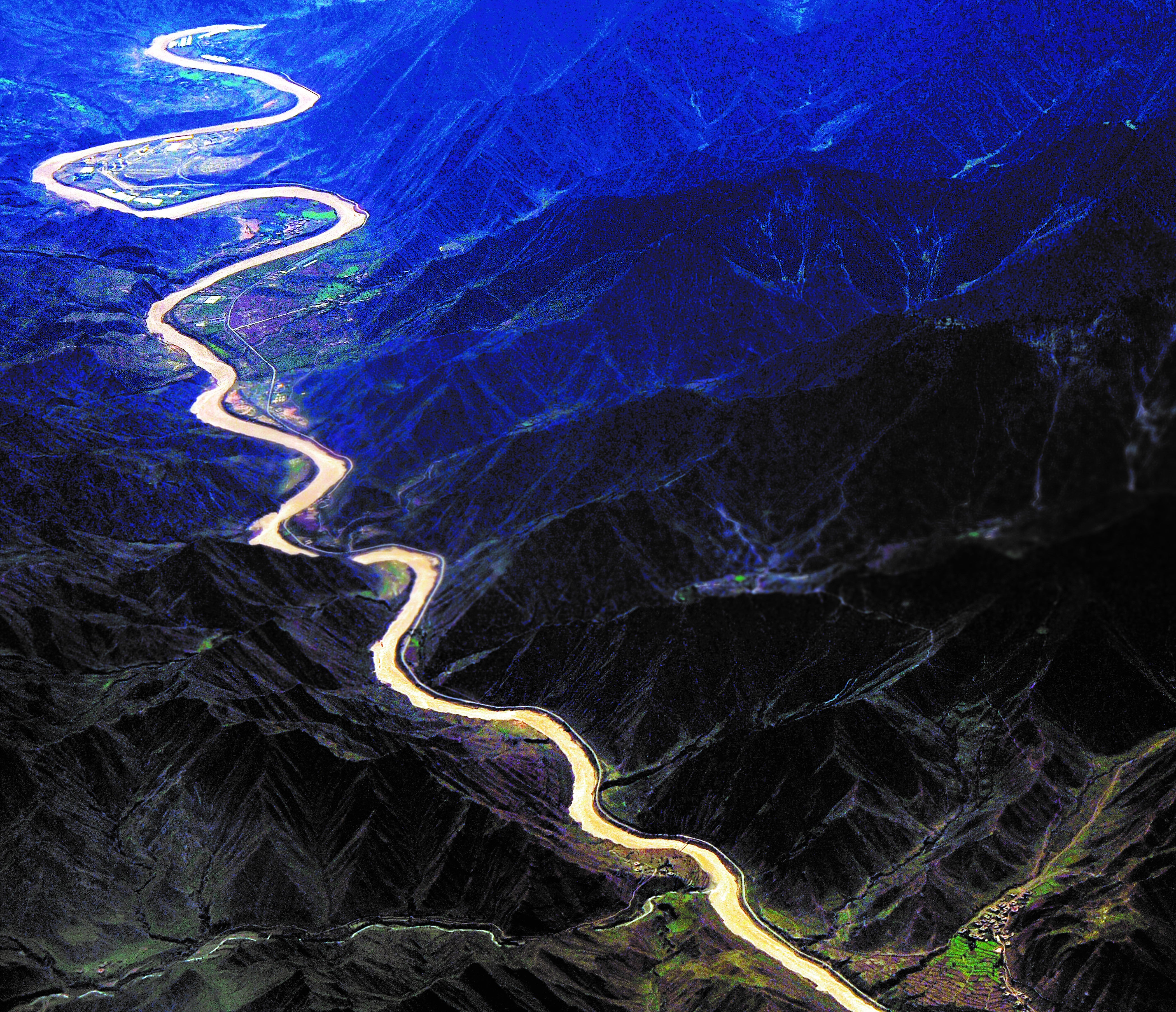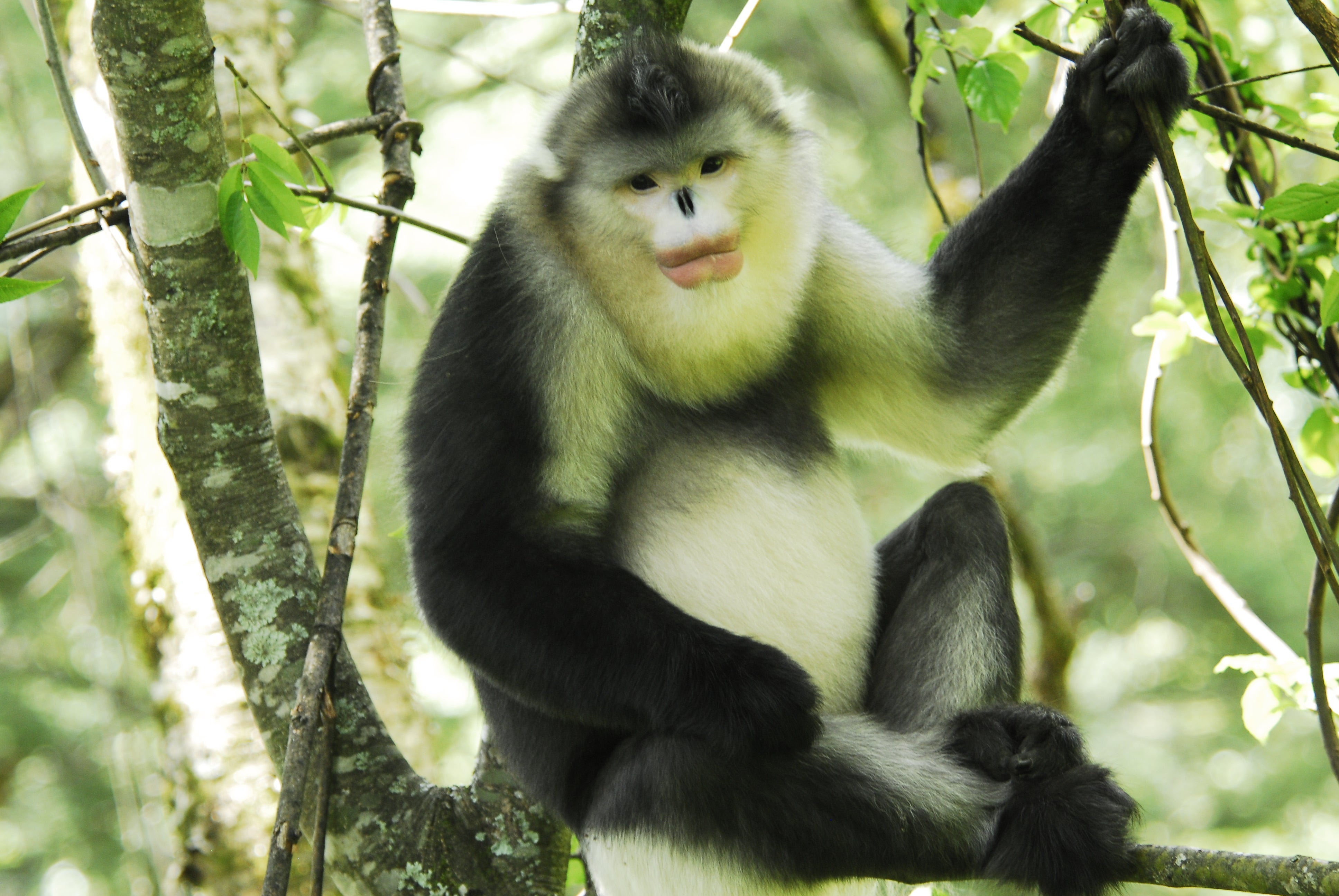On timeless rivers, life finds a peak
THE ARTICLES ON THESE PAGES ARE PRODUCED BY CHINA DAILY, WHICH TAKES SOLE RESPONSIBILITY FOR THE CONTENTS

It is a story transcending time, a witness of sea changes, a land with “mystery rivers”, an ark of life, a symphony of natural wonders, a museum sheltering the eternal and the transitional, a piece of evidence showing that life can be both tough and frail, and a history that records people’s changing perceptions of nature.
It is the Three Parallel Rivers of Yunnan Protected Areas in Yunnan province of Southwest China, which shares a border with Myanmar.
The rivers’ story began about 40 million years ago, when the Indian Plate collided with the Eurasian Plate, lifting the Qinghai Tibet Plateau and creating the rumpled Hengduan Mountains.
The roof of the world, the Qinghai-Tibet Plateau, cradles the sources of the longest rivers in Asia. In between the precipitous north-south ranges of the rippling Hengduan Mountains run a mighty trio of waterways: the Nujiang in the west, the Lancang in the middle and the Jinsha in the east.
Respectively they are the upper streams of the Salween River, which runs through Myanmar, the Mekong River and the Yangtze River, the world’s third-longest watercourse.
One singular thing about the three rivers is that they run abreast 106 miles in Yunnan before the Jinsha River turns drastically northeast and finally meets the East China Sea.
Another is that they run unusually closely to each other. The shortest distance between Lancang and Jinsha measures 41 miles, and between Lancang and Nujiang the distance is less than 12 miles.

That was how in 1985, on a satellite map this geographical wonder drew the attention of an expert from UNESCO, which marked the commencement of a long journey to apply for the World Heritage List.
The Three Parallel Rivers of Yunnan Protected Areas went on the list in 2003. Covering 4.2 million acres, the site consists of 15 different protected areas that have been divided into eight clusters, each providing a representative sample of the full range of the biological and geological diversity of the Hengduan Mountains, Shangri-La included.
In the Three Parallel Rivers area, a world of sierras, stand 118 glaciated peaks of more than 16,400 feet above sea level. The highest is Kawagebo Peak (22,110 feet) in Dechen county in the Lancang River Grand Canyon, one of the protected areas inhabited by the endangered Yunnan snub-nosed monkeys.
Kawagebo and other glaciated peaks, such as Biluo, Baima and Haba snow mountains, represent the spectacular beauty of the area.
In addition to the magnificent skyline of the glaciers, the area is also home to other outstanding scenic landforms, such as alpine karst, especially the Stone Moon above the Nujiang Grand Canyon and the “tortoise shell” of the alpine Danxia, a landform characterised by its reddish sandstone features.
As the elevation drops from more than 22,110 feet to 2,490 feet, the area presents every kind of natural views in the Northern Hemisphere except those of oceans and deserts — glaciers, alpine valleys, alpine lakes, alpine meadows, broadleaved and coniferous forests and so on.
Having witnessed a literal sea change, the area is a museum of geology, housing a collection of diverse rock types, such as alpine sandstone landforms, granite monolith and the range of karst.
Despite bordering tropical Myanmar to the west, the area provides various climates for creatures living in subtropical, temperate and frigid zones, making it the region with the richest biodiversity in China.
Being located at the juncture of East Asia, Southeast Asia and the Qinghai-Tibet Plateau, the area not only provides a corridor for the migration of species, endemic or otherwise, but also preserves species that can rightly be called living fossil, for example, the Cyathea tree ferns which hark back to the time of the dinosaurs.
Today as more creatures perish at an ever-increasing speed around the world, in the inaccessible mountains of the Three Parallel Rivers, new species are discovered almost every year. This alone makes it an authentic natural wonder.
Previously published on Chinadaily.com.cn
